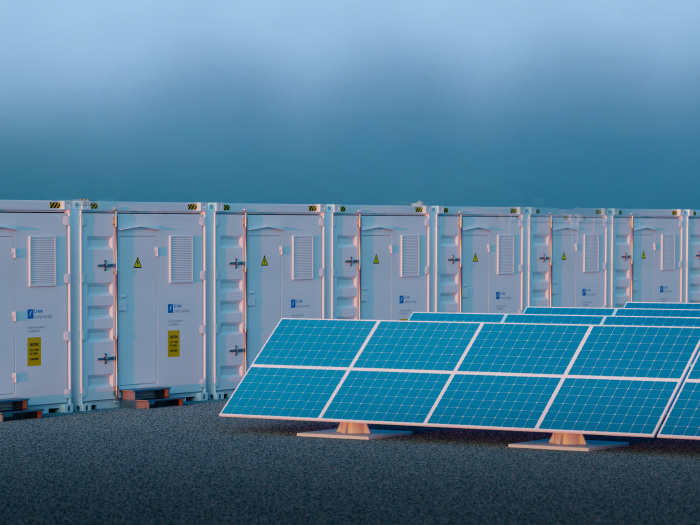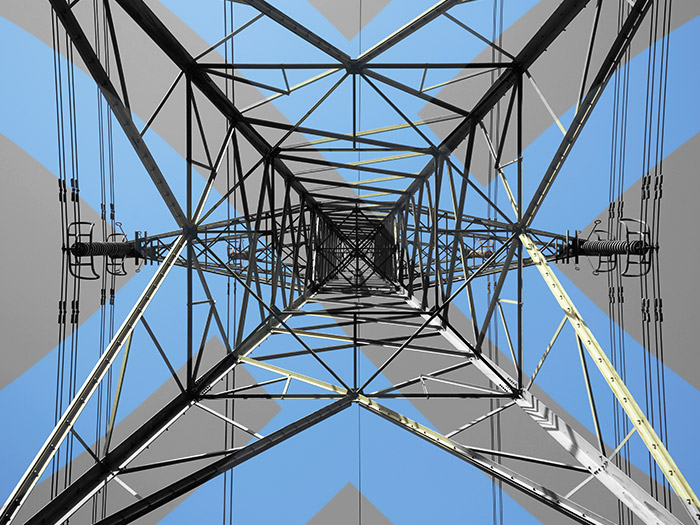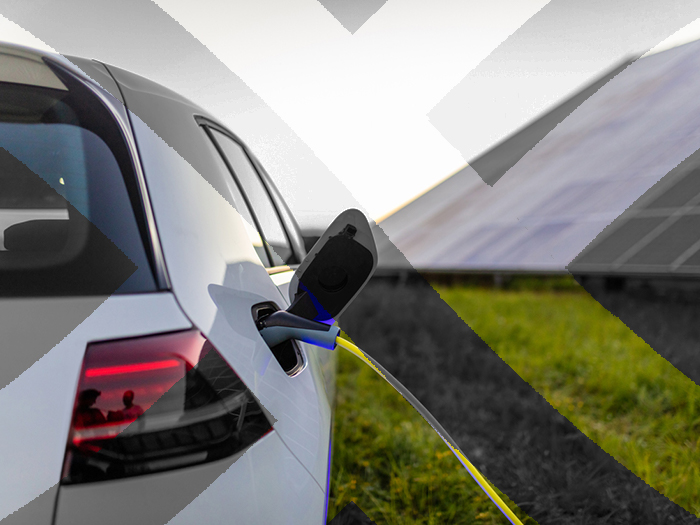News
better business decisions
Posted 5 years ago | 4 minute read

The load shifting low-down: Your quick guide
Load shifting is not a new concept, and has been implemented successfully by industrial and commercial sites for years. But for those new to energy management, or in a role that covers far more than just energy optimisation, here’s a recap…
So, what is load shifting?
Load shifting essentially moves electricity consumption from one time period to another. For example, postponing an industrial process to another time. The idea is that by shifting the load to another time, the returns generated through energy cost savings or DSR participation are greater than the loss of production.
Unlike many energy cost saving strategies, load shifting tackles the “when” rather than the “how much” conundrum.
How does it work?
Every plant has a certain amount of margin built into the controls to allow for failure or maintenance. With the right technology in place, this margin can also be used for controlled load shifting. This margin is also referred to as energy flexibility.
Load shifting can be achieved through rescheduling processes, turning on a site’s embedded generation or turning off unnecessary equipment and machinery. Load shifting does not result in a reduction in net quantity of energy used.
Why is the “when” important?
The energy mix is more dynamic and diverse than ever. The 3 core goals for the grid is to decarbonise, decentralise and digitalise the electricity system. This has meant that more renewable sources of energy are available now than there has ever been, and it continues to grow. Not only that, wind and solar plants are dispersed across hundreds of miles of land and sea, feeding into different distribution networks. This creates a certain level of uncertainty in terms of both supply stability and cost stability too.
Load shifting enables businesses to do the following:
- Participate in balancing services, such as frequency response
- Trade generated electricity at times of price peaks
- Avoid peak demand all together, such as DUoS and Triads
When referring to load shifting in the context of cost reductions, it is often also referred to as peak-shaving.

Energy storage for peak load shifting
The majority of industrial and commercial sites will not operate constantly. In this case, energy demand only rises during operational hours. Charging a commercial battery during non-peak times and discharging it during the operational hours means peak demand charges can be significantly reduced. Energy storage solutions also enable electricity from embedded generation to be stored and used at peak times.
Energy neutrality
Load shifting sequences are generally energy neutral. As we said earlier, load shifting does not result in a reduction in net quantity of energy used. Whilst load shifting can help end-users reduce their total demand charges, it may not necessarily reduce overall usage charges. If the postponed production is to take place, it will still require a certain amount of electricity.
This is not to say that load shifting isn’t still good for sustainability. If load is shifted to participate in a frequency response event, the business is still helping the grid to integrate intermittent renewable energy and thus reducing reliance on carbon-based power plants.

Load shifting in action
Load shifting is best practiced when connected to an intelligent energy platform. GridBeyond’s technology enables automated load-shifting, whilst analysing how best to place your energy flexibility in the market, whether that’s in the frequency response market, energy trading, peak avoidance or otherwise. This is worked out based on the best possible returns, to ensure the cost of shifting the electricity consumption is always exceeded by the financial returns, whether that’s savings or revenues.
Download the E-Book to learn how demand side response technology, like GridBeyond’s, can be used to automatically load shift and enhance your overall energy strategy…







